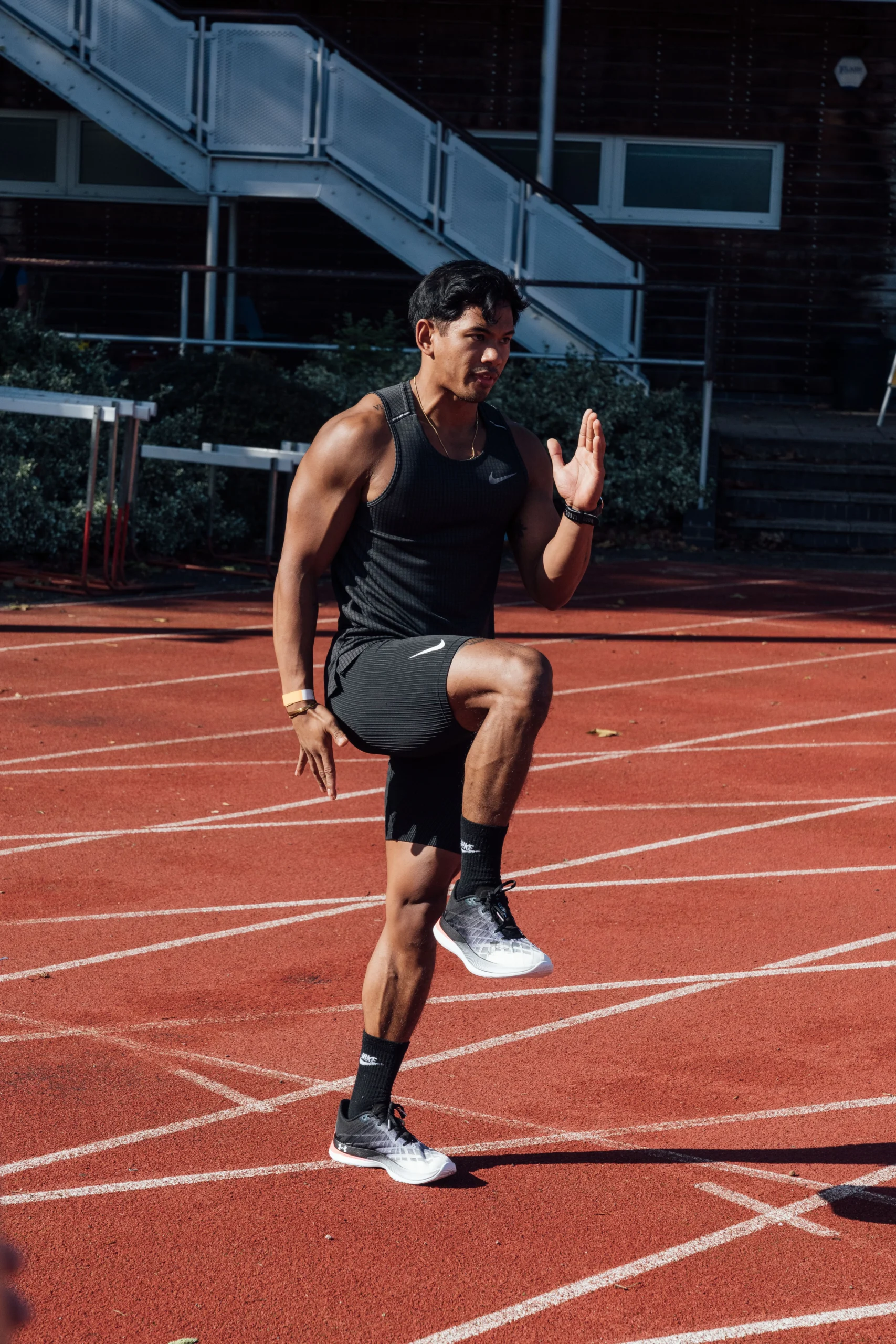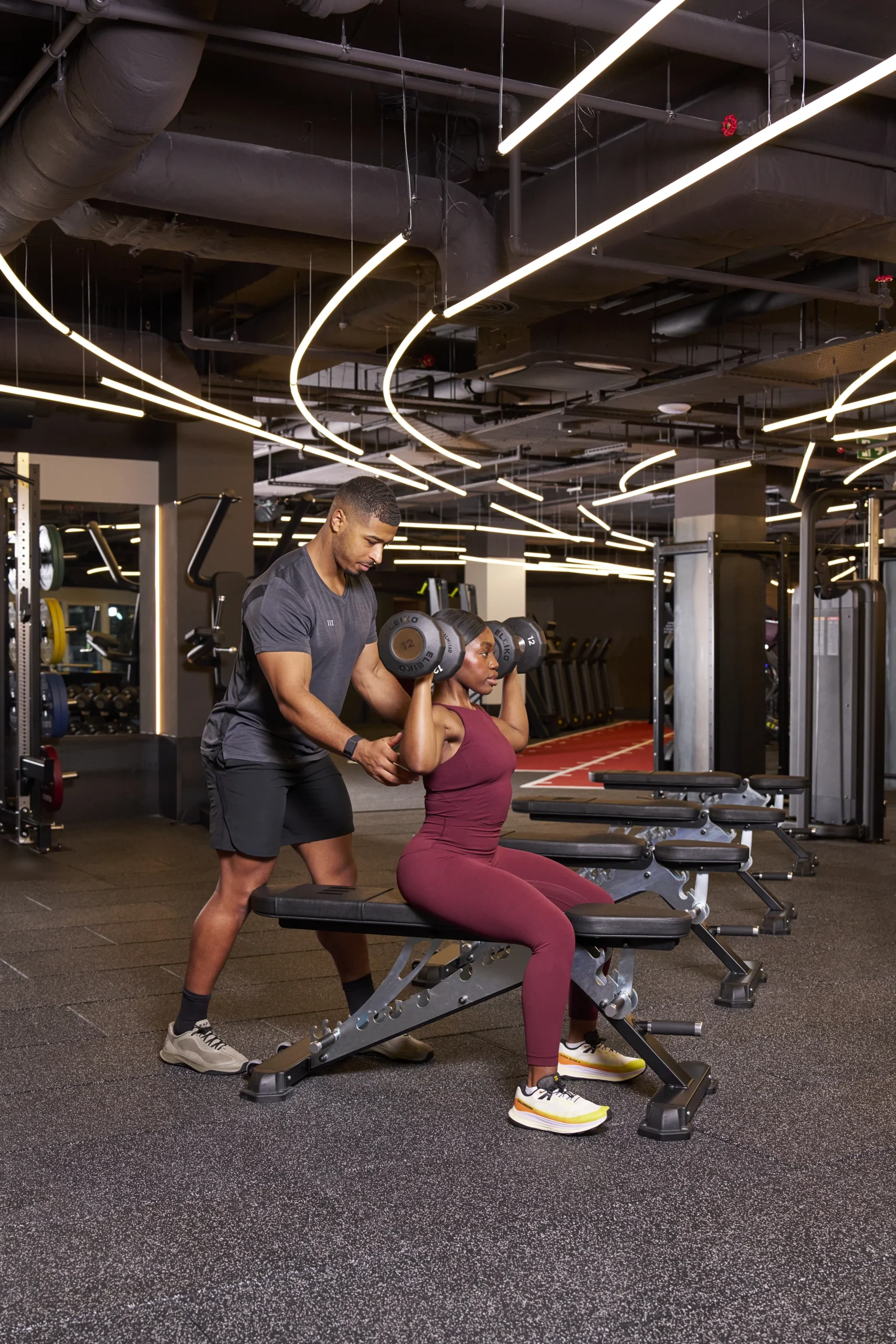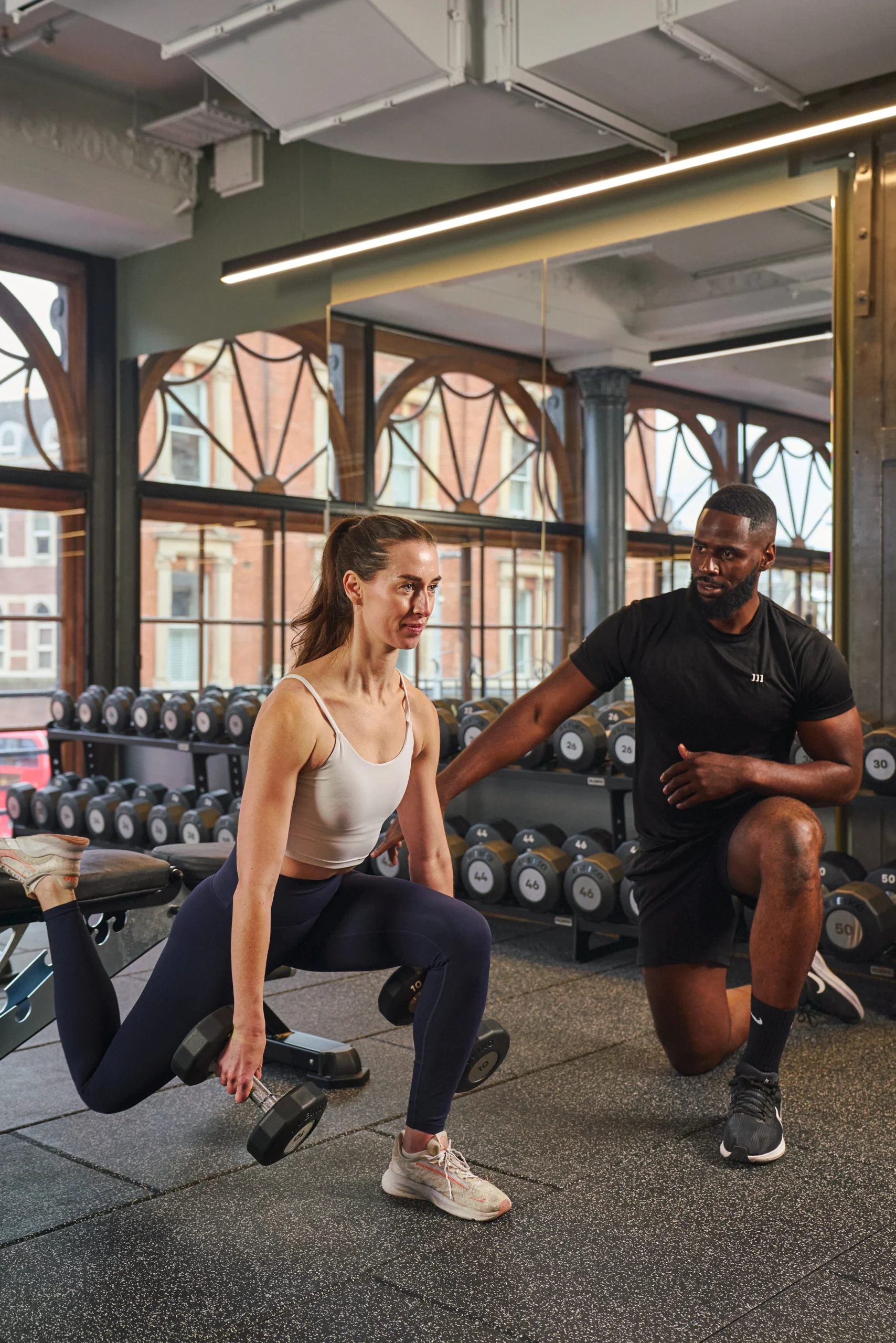- Linkedin Share
- Twitter Tweet
- Email Share
- Copy link Copy link Copied to clipboard
With the start of a new year, many of us find ourselves inspired to recommit to health and fitness. Whether you’re returning to the gym after a break or embarking on your fitness journey for the first time, it’s natural to feel overwhelmed. Setting clear goals and tracking your progress can make all the difference, providing both focus and motivation as you work toward your objectives. The question is, what metrics should you be tracking and what do they really mean? We’re here to help you understand the essential metrics and tools you need to achieve your goals.
Metrics That Matter
- Body Composition
Understanding your body composition offers a sophisticated view of your health, moving beyond traditional measures like body weight and BMI. It assesses the balance between fat and muscle mass, helping you identify areas to target for improvement.
- Segmental Lean Muscle Mass
Tracking your lean muscle mass provides insight into your overall fitness level. Breaking it down by body region (arms, legs, trunk) reveals muscle imbalances and helps you focus on specific areas to support your goals, whether that’s building strength, improving symmetry, or enhancing athletic performance.
- Resting Heart Rate
Your resting heart rate is a key indicator of cardiovascular health. Monitoring changes over time can reveal improvements in stamina and endurance. A declining RHR often signifies enhanced cardiovascular fitness, making it a valuable metric for tracking overall progress.
- Range of Motion
Tracking your range of motion highlights your ability to perform exercises with proper form and efficiency. For example, monitoring squat depth or your ability to touch your toes provides insights into flexibility, joint health, and functional mobility.
- Reps to Failure
“Reps to failure” measures how many repetitions of an exercise you can perform before reaching physical exhaustion with proper form. Regularly tracking and increasing this number reflects improvements in strength, endurance, and overall muscular capacity.
The Tools
InBody Analysis
InBody scanners, available on the gym floor at every Third Space club, use advanced bioelectrical impedance technology to measure body composition, segmental muscle distribution, and other essential metrics.
Fitness Trackers
Whether it’s on paper or using a fitness tracker, you can measure key metrics to document your progress. Investing in technology like a fitness watch can streamline the process, providing more detailed data such as resting heart rate. Trackers like WHOOP also offer in-app features that allow you to log and track your progress effortlessly.
Personal Training
Working with a personal trainer is one of the most effective ways to track your fitness metrics. Trainers not only help you interpret your data but also translate it into actionable steps, tailoring strategies to fit your unique needs. We recommend that members who feel they need a bit of extra support try our 12-week Transform Personal Training programme, designed to provide the tools and support needed for lasting success. With three personal training sessions per week, personalised nutrition coaching, a Natural Fitness Food plan, weekly online nutrition Q&As, and continuous guidance, you’ll gain a deeper understanding of your metrics and how to optimise them to reach your goals.
Tips for Tracking Effectively
- Set Clear Goals: Whether you’re building strength, enhancing endurance, or improving flexibility, define your objectives with precision.
- Track Trends, Not Daily Fluctuations: Focus on weekly or bi-weekly progress to avoid discouragement from natural day-to-day changes.
- Celebrate Progress: Acknowledge your achievements and reward yourself for hitting key milestones.
Tracking your progress is about more than numbers; it’s a journey. By measuring key metrics, you’ll gain the confidence to push further and achieve more. Remember, progress may not always be linear, but with consistency and a tailored approach, the results will come.



